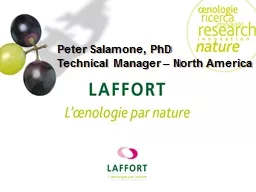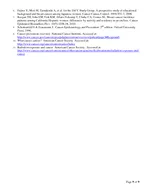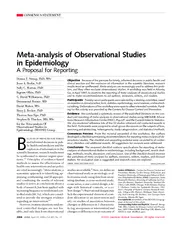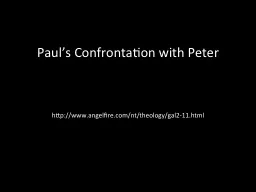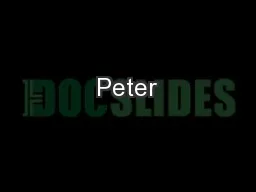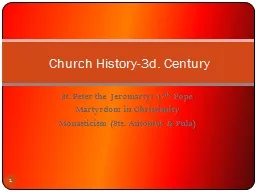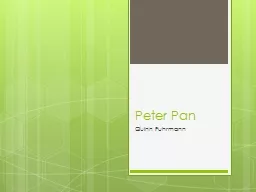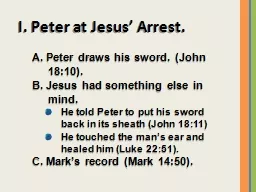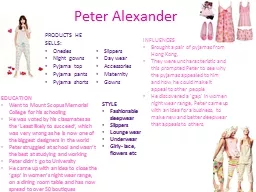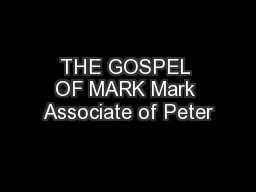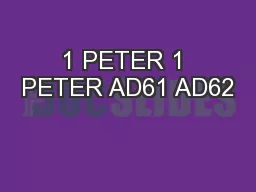PPT-Peter Salamone, PhD
Author : debby-jeon | Published Date : 2015-12-06
Technical Manager North America General Trends Vintage 2012 Ideal Growing S eason Record Harvest High Quality Fruit Low YAN Compared to Previous Harvests More
Presentation Embed Code
Download Presentation
Download Presentation The PPT/PDF document "Peter Salamone, PhD" is the property of its rightful owner. Permission is granted to download and print the materials on this website for personal, non-commercial use only, and to display it on your personal computer provided you do not modify the materials and that you retain all copyright notices contained in the materials. By downloading content from our website, you accept the terms of this agreement.
Peter Salamone, PhD: Transcript
Download Rules Of Document
"Peter Salamone, PhD"The content belongs to its owner. You may download and print it for personal use, without modification, and keep all copyright notices. By downloading, you agree to these terms.
Related Documents

